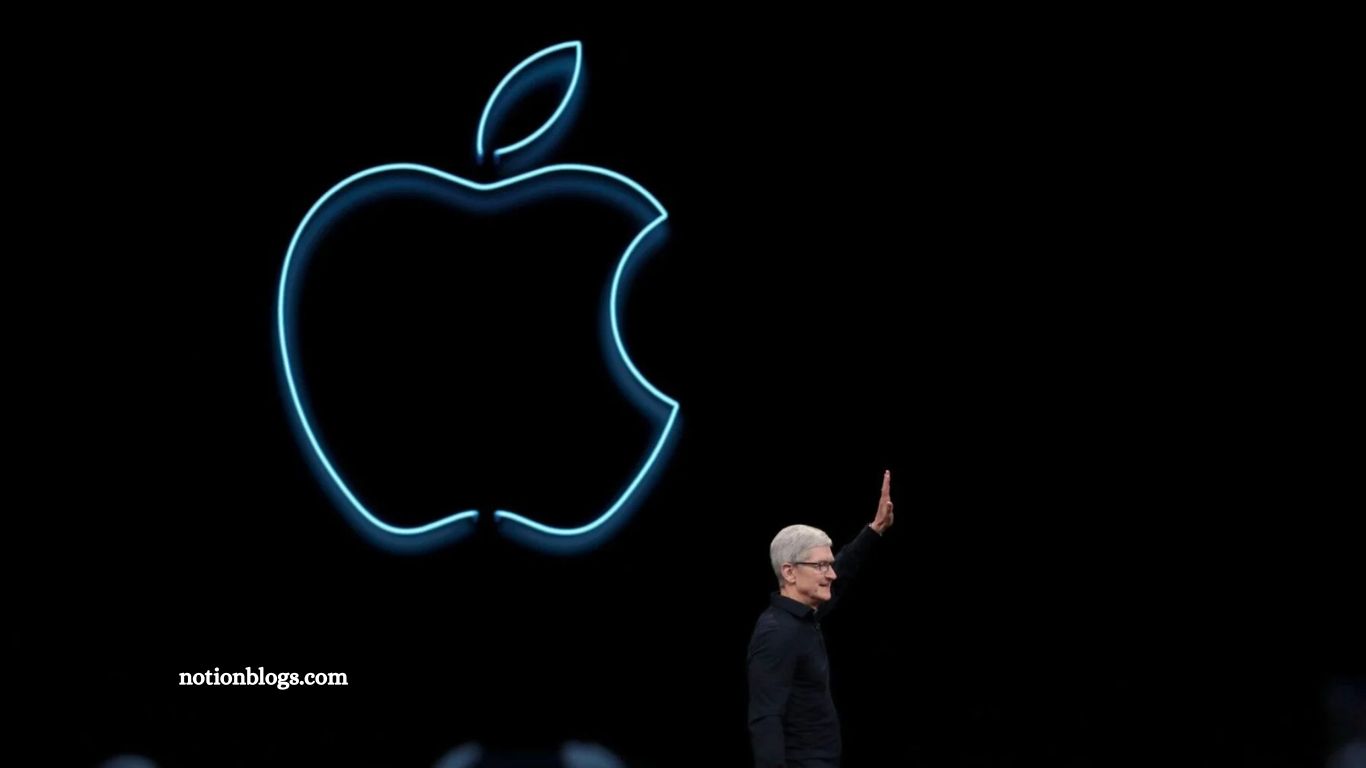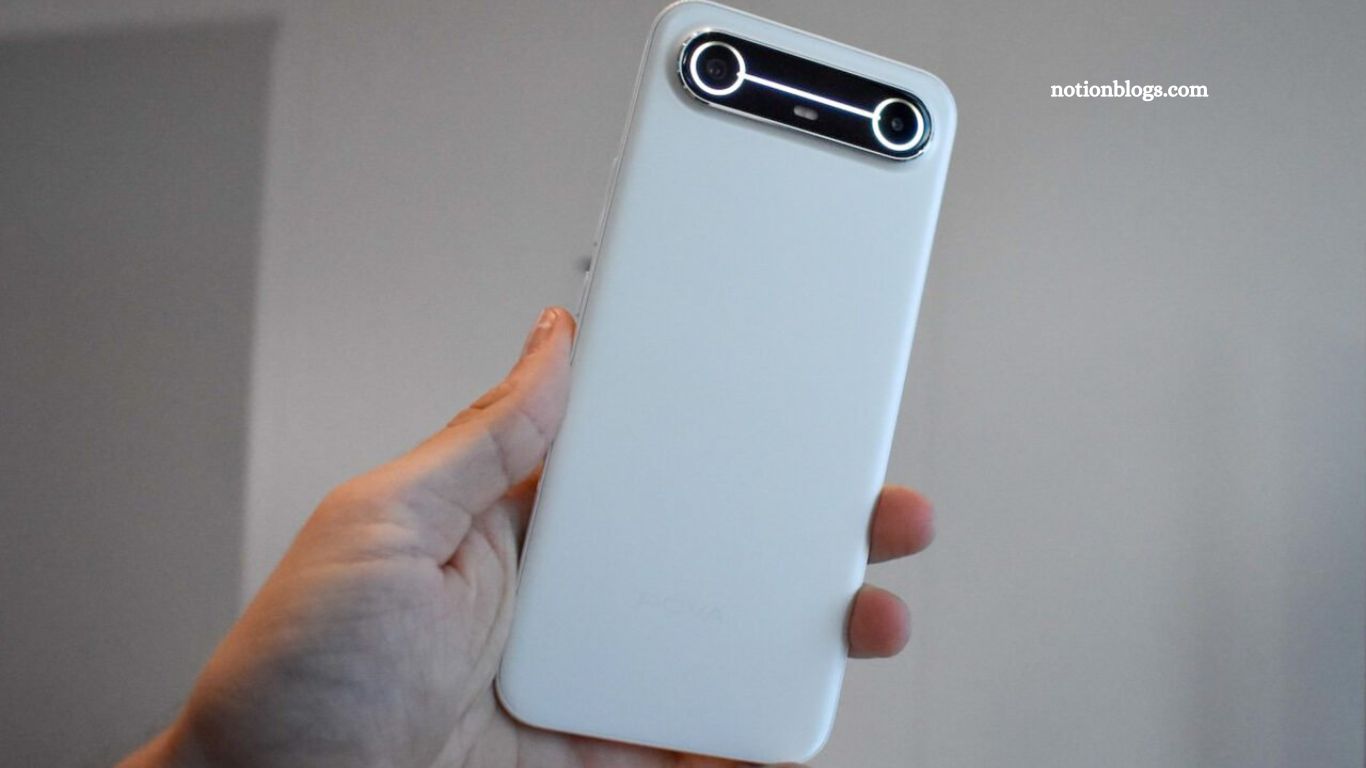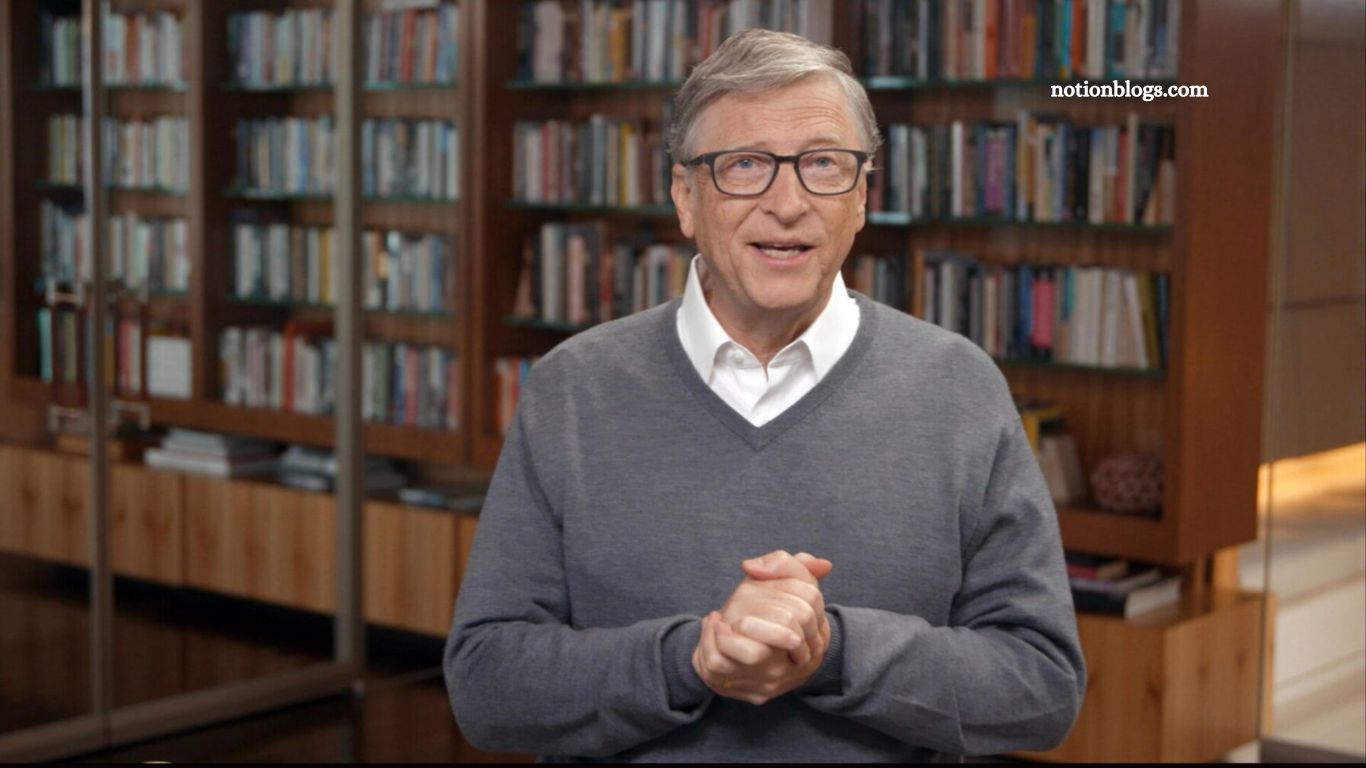Apple CEO Tim Cook addressed two of the biggest forces shaping the tech industry—geopolitics and artificial intelligence—during the company’s latest earnings call on Thursday. Cook warned that President Donald Trump’s ongoing tariff policies could cost Apple nearly $2 billion, as the company continues to rely heavily on overseas manufacturing. At the same time, Cook emphasized Apple’s intention to “significantly” increase its investment in AI, signaling a strategic push to catch up with rivals like Microsoft and Amazon.
Despite mounting tariff-related expenses, Apple posted a strong quarter, with revenue rising 10% year-over-year to $94 billion. As Cook laid out Apple’s near-term strategy, it became clear that both international policy and AI innovation will be central to the company’s roadmap moving forward.
Read More: The Best Google Pixel Buds and Watch Upgrades — and How Gemini Will Outperform Them
Tariffs Could Cost Apple Nearly $2 Billion
On Thursday, Apple CEO Tim Cook revealed that the company is bracing for significant financial impact from President Donald Trump’s ongoing tariff policies. Speaking during Apple’s quarterly earnings call, Cook reported that the company incurred approximately $800 million in tariff-related costs during the June quarter alone.
“If these policies remain in place,” Cook said, “we expect those costs to rise to $1.1 billion in the September quarter”—coinciding with Apple’s highly anticipated fall product launch, which traditionally includes new iPhone announcements.
The tariffs have affected virtually all of Apple’s hardware lineup, which is largely manufactured in China, India, and Vietnam. Since the start of his second term, President Trump has intensified pressure on American companies to move production back to U.S. soil. In response, Apple announced plans to open a manufacturing academy in Detroit later this year, part of a broader commitment to invest over $500 billion in the U.S. over the next four years.
Apple’s Revenue Climbs Despite Trade Pressures
Despite the added costs, Apple continues to show financial resilience. The company posted $94 billion in revenue for the quarter, a 10% increase year-over-year, signaling strong demand across its product and service lines.
Apple to “Significantly” Boost AI Investment
In addition to addressing tariff concerns, Cook highlighted Apple’s plans to intensify its efforts in artificial intelligence. The company will “significantly increase” its investment in AI and is also exploring strategic acquisitions to accelerate development in this area.
Apple’s push comes amid increasing competition from rivals who are aggressively expanding their AI capabilities. While the company has been traditionally cautious in publicly discussing AI, Cook’s comments suggest a shift toward a more assertive stance.
Big Tech’s AI Spending Spree
Apple wasn’t alone in spotlighting AI during earnings week.
Amazon reported that it invested $31.4 billion in capital expenditures last quarter, much of it tied to AI infrastructure. CEO Andrew Jassy touted the upcoming Alexa+, a premium version of its voice assistant, as a key monetization channel.
“People do a lot of shopping [with Alexa+]; it’s a delightful shopping experience,” said Jassy. “As users engage in more multi-turn conversations, advertising will play a larger role—both for product discovery and as a revenue lever.”
Meanwhile, Microsoft’s AI investments are already bearing fruit. The company joined Nvidia in surpassing a $4 trillion market cap, fueled by an 18% year-over-year revenue jump to $64 billion, largely driven by its cloud and AI services.
Despite record earnings, Microsoft also announced layoffs affecting 9,000 employees. CEO Satya Nadella described the situation as the “enigma of success,” acknowledging the difficult balance between growth and operational restructuring.
Frequently Asked Questions
How much have Trump’s tariffs cost Apple so far?
Apple reported $800 million in tariff-related costs for the June quarter and expects that number to rise to $1.1 billion in the September quarter, potentially totaling nearly $2 billion if policies remain unchanged.
Why are Apple’s costs increasing due to tariffs?
Apple’s devices are primarily manufactured in China, India, and Vietnam. President Trump’s second-term tariff policies are designed to pressure companies to move production back to the U.S., increasing the cost of imported goods.
Is Apple doing anything to reduce tariff exposure?
Yes. Apple announced plans to open a manufacturing academy in Detroit, part of a broader $500 billion U.S. investment over four years aimed at domestic expansion and appeasing political pressure.
How did Apple perform financially despite these challenges?
Apple posted $94 billion in quarterly revenue, a 10% year-over-year increase, showing strong consumer demand despite rising production costs.
What did Tim Cook say about Apple’s AI plans?
Cook said Apple will “significantly” increase investments in AI and is open to acquisitions that can accelerate its development in the field, signaling a more aggressive stance.
How does Apple’s AI investment compare to its rivals’?
Amazon spent $31.4 billion on capital expenses, much of it AI-related, and Microsoft hit a $4 trillion market cap, driven by cloud and AI growth. Apple is now moving to catch up in a rapidly advancing space.
Conclusion
As Apple navigates the dual challenges of rising tariff costs and an increasingly competitive AI landscape, its strategic decisions will be closely watched by investors and industry observers alike. While tariffs continue to pressure profit margins, Apple’s commitment to significant AI investment and U.S. manufacturing signals a broader effort to adapt to shifting geopolitical realities and technological innovation.







